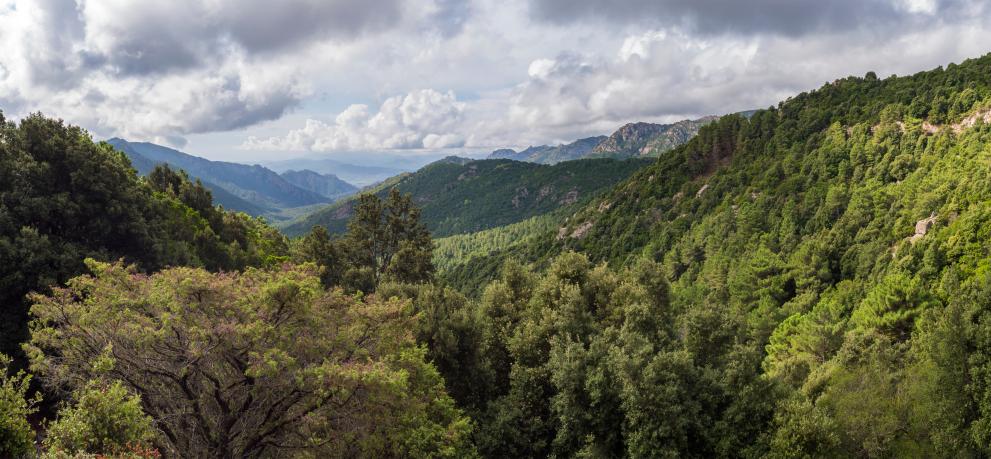
New research has identified sites that may serve as climate refugia in Mediterranean Europe over the next 50 years. Most refugia are located outside existing national protected areas, highlighting substantial protection gaps relevant to conservation planning.
Climate plays a major role in determining the distribution of biodiversity over space and time. The effects of climate change on biodiversity and ecosystems, therefore, need to be accounted for in conservation strategies. Identifying areas that can serve as climate refugia in the future is critical to managing the impacts of climate change, since it enables them to be targeted for conservation. However, identifying such areas can be challenging.
Researchers in Greece developed a novel method for identifying possible climate refugia that accounts for both large-scale climatic stability over time and smaller-scale climatic variability across landscapes, which can give species the opportunity to migrate short distances in response to localised environmental changes. Using this method, they conducted a fine-resolution analysis based on climate-change projections for the next 50 years for the entire Euro-Mediterranean biome, one of the world’s biodiversity hotspots.
According to their projections, the majority of climate refugia will be located in the eastern part of Mediterranean Europe, in mid-altitude, highly rugged habitats. A limited number of potential refugia were identified at higher elevations. Greece, Cyprus and Italy had the highest levels of potential refugia coverage per country, at 52%, 37% and 30% respectively. France and Croatia had lower potential coverage (22% and 20% respectively) while Portugal, Spain and Slovenia had the lowest levels (10%, 9%, and 0%).
The researchers compared these findings with existing conservation networks. They found that just 17% of the surface area of potential refugia is located inside existing protected areas. The greatest conservation gaps were identified in Greece and Italy, where only 13% and 12% (respectively) of refugia surface area falls within protected areas. The identified future climatic refugia were generally situated in areas with a high tree-species richness (about 53% were located in forests and seminatural areas). Almost half (46%) of all projected refugia area is located on what is currently agricultural land, which could potentially limit conservation measures – due to potential conflicts over land use.
The researchers argue that taking steps now to protect future climate refugia could help to limit the impacts of climate change on biodiversity in the Mediterranean’s mid-altitude and mountainous regions. The researchers acknowledge limitations in the study: for example, that the 50-year time frame means potential longer-term changes are not accounted for, and that further research is required to confirm the link between climate refugia and biodiversity hotspots (those areas with higher than average levels of biodiversity). They suggest, however, that the findings can usefully inform management guidelines for a climate-ready conservation design in the Mediterranean biome.
Further Information
A ‘climate refugia’ is an area that might act as a refuge for biodiversity in case of climate change; a ‘biodiversity hotspot’ is an area with a higher than average level of biodiversity. The latter term is sometimes used for areas that host particular concentrations of rare or endemic species (without necessarily being specific in terms of total number of species).
Source:
Doxa, A., Kamarianakis, Y. and Mazaris, A. D. (2022) Spatial heterogeneity and temporal stability characterize future climatic refugia in Mediterranean Europe. Global Change Biology: 1–12.
To cite this article/service:
“Science for Environment Policy”: European Commission DG Environment News Alert Service, edited by the Science Communication Unit, The University of the West of England, Bristol.
Notes on content:
The contents and views included in Science for Environment Policy are based on independent, peer reviewed research and do not necessarily reflect the position of the European Commission. Please note that this article is a summary of only one study. Other studies may come to other conclusions.
Details
- Publication date
- 28 September 2022
- Author
- Directorate-General for Environment

